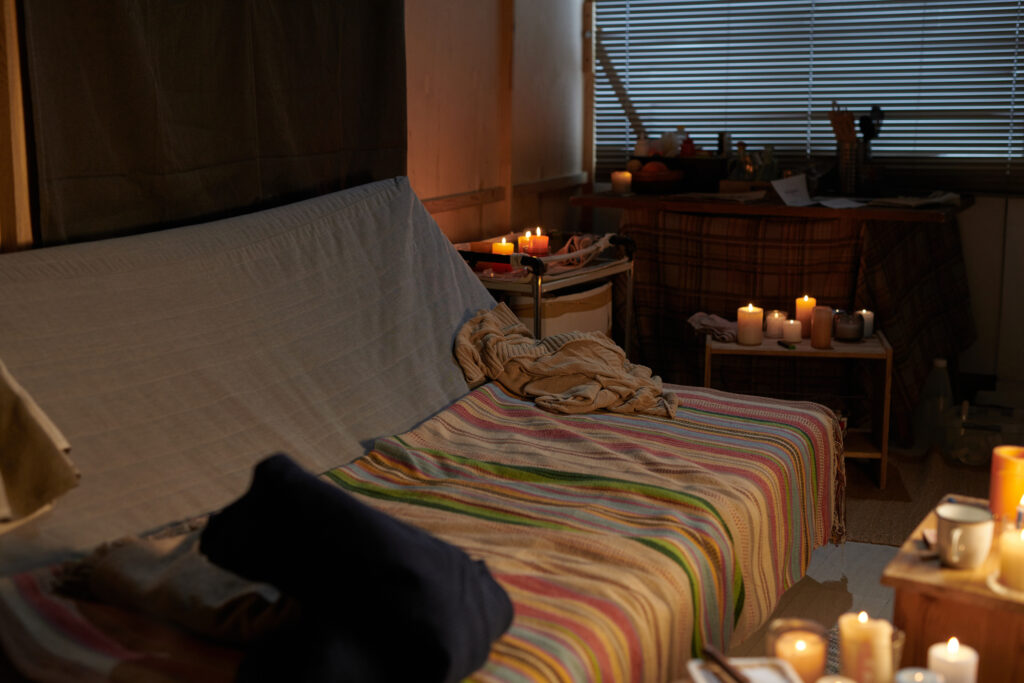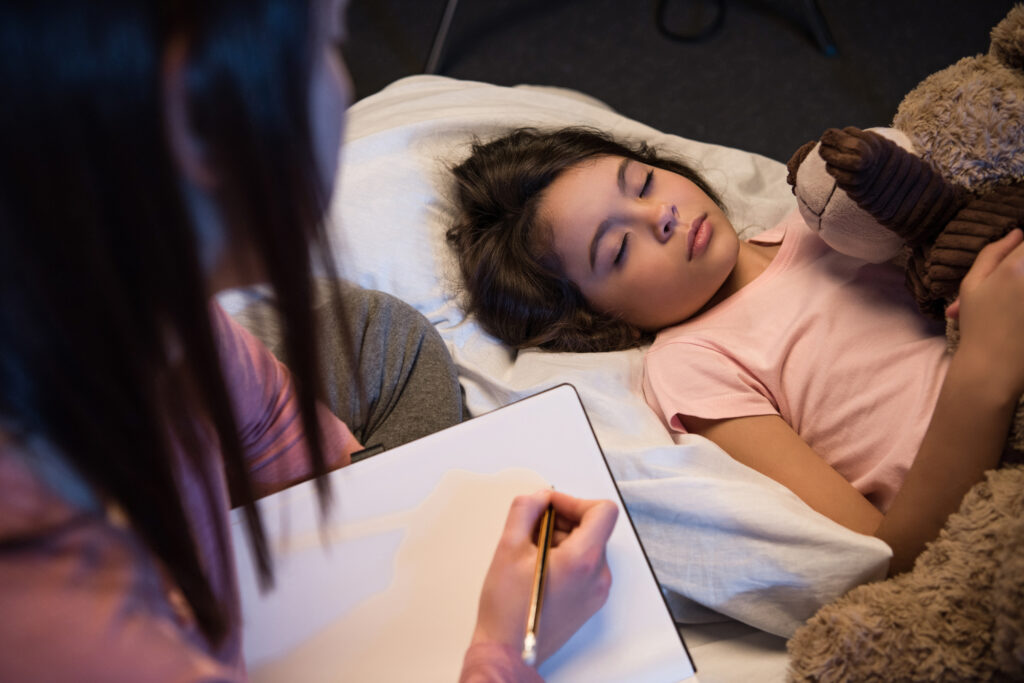Somnambulism
Sleepwalking Association offers clear, research-backed information on somnambulism to help individuals, families, and caregivers understand this sleep disorder. Whether you’re looking for answers, support, or peace of mind, we’re here to guide you through the night.
Sleepwalking, or somnambulism, is a type of sleep disorder where a person walks or performs complex behaviors while not fully awake. It typically occurs during deep sleep, most commonly in children but can affect adults too. While often harmless, sleepwalking can pose safety risks and be linked to underlying conditions.


Sleepwalking can affect people of all ages, though it’s most prevalent in children aged 4 to 8. It often runs in families and may occur occasionally or regularly. While many outgrow it, adult sleepwalking may indicate stress, sleep disorders, or other health issues that deserve attention.
Possible Causes
Several internal and external factors can increase the likelihood of sleepwalking episodes. Recognizing these triggers can help you or your loved ones reduce occurrences and stay safe.
Lack of adequate rest disrupts normal sleep cycles and may trigger episodes.
Emotional distress can interfere with deep sleep and lead to nighttime walking.
Certain substances affect brain activity during sleep and contribute to sleepwalking.
High temperatures or infections can disrupt sleep in children, increasing the risk.
A family history of sleepwalking makes it more likely in both children and adults.
Major Insurance Providers Accepted
DID YOU KNOW
Sleepwalking affects both children and adults, often running in families. Linked to mental health and long-term persistence, it’s more common than many realize and deserves better awareness and support.
Sleepwalkers often navigate familiar spaces without being aware.
Most episodes begin during the deepest stage of sleep.
Sleepwalking can last a few seconds—or up to 30 minutes.
It’s okay to wake a sleepwalker—they may just be a bit disoriented.
Children vs Adults
Family Connection
Experienced Doctor
Chronic Cases
EXPERTS’ POINT OF VIEW
Experts from various fields share their insights on sleepwalking, its causes, risks, and effective treatments, helping to raise awareness and improve understanding of this complex condition.
Clinical Psychologist & Sleep Researcher
Consultant Neurologist & Sleep Specialist
Sleep Medicine Specialist, Mass Eye and Ear
Clinical Psychologist & Sleep Specialist
EXPERTS’ POINT OF VIEW
Experts from various fields share their insights on sleepwalking, its causes, risks, and effective treatments, helping to raise awareness and improve understanding of this complex condition.

Sleep Medicine Specialist

Sleep Medicine Specialist

Clinical Psychologist, Sleep Disorder Expert

Pediatrician and Sleep Behavior Consultant
FAQS
We’ve answered some of the most common questions to help you better understand sleepwalking and how to manage it.
Sleepwalking is a sleep disorder where a person performs activities, often walking, while still in a state of partial sleep.
It can be if the person trips, leaves the house, or handles objects. Safety precautions are key.
Yes. Though more common in children, adults can experience sleepwalking due to stress, medication, or sleep disorders.
Gently guide them back to bed without waking them. Avoid sudden movements or loud noises.
It’s best to avoid waking them abruptly. Gently steer them back to safety instead.
There’s no universal cure, but managing stress, improving sleep hygiene, and addressing triggers can reduce episodes.
If episodes are frequent, dangerous, or start in adulthood, it’s wise to consult a sleep specialist.
Stay Informed & Empowered